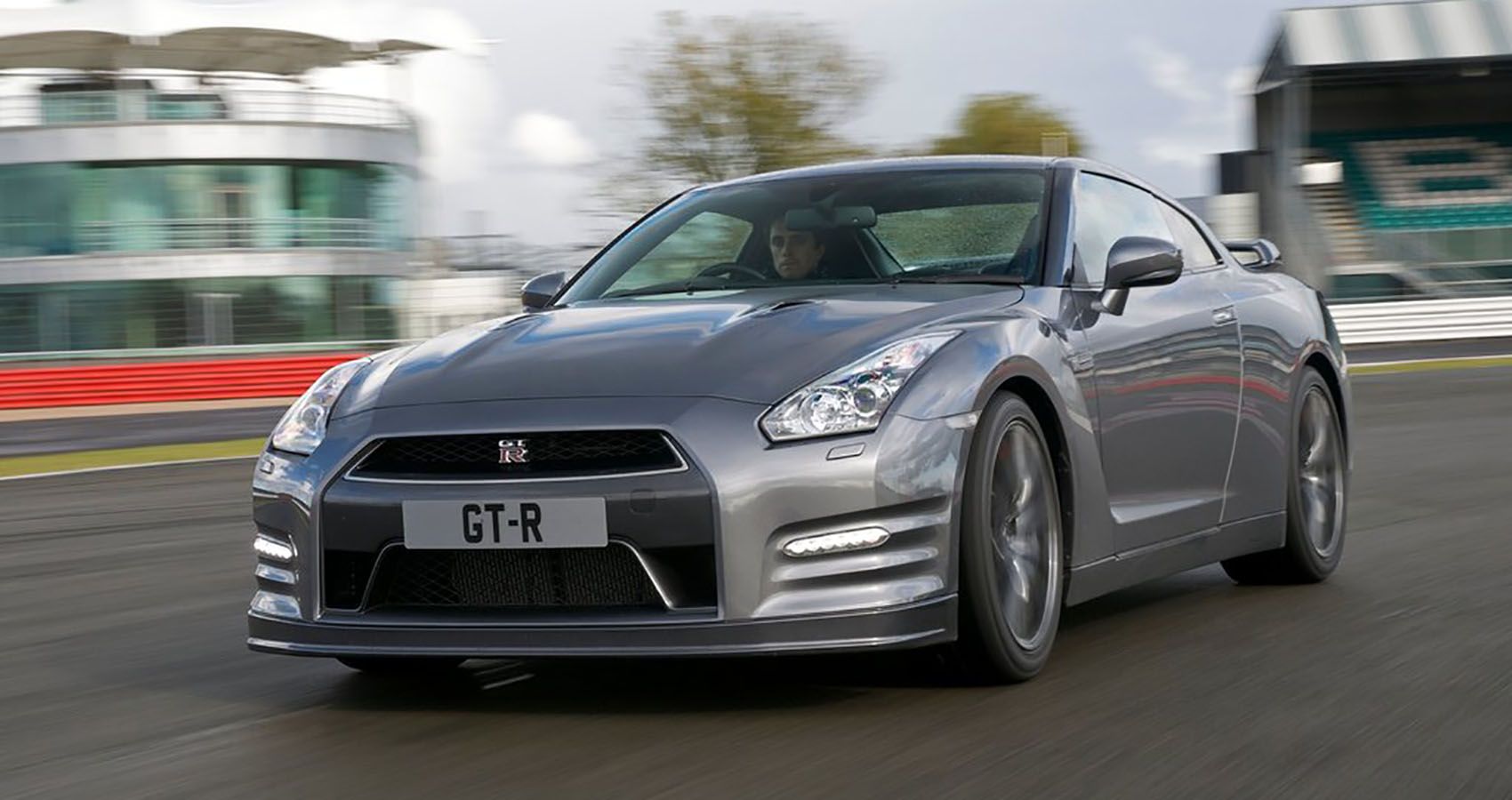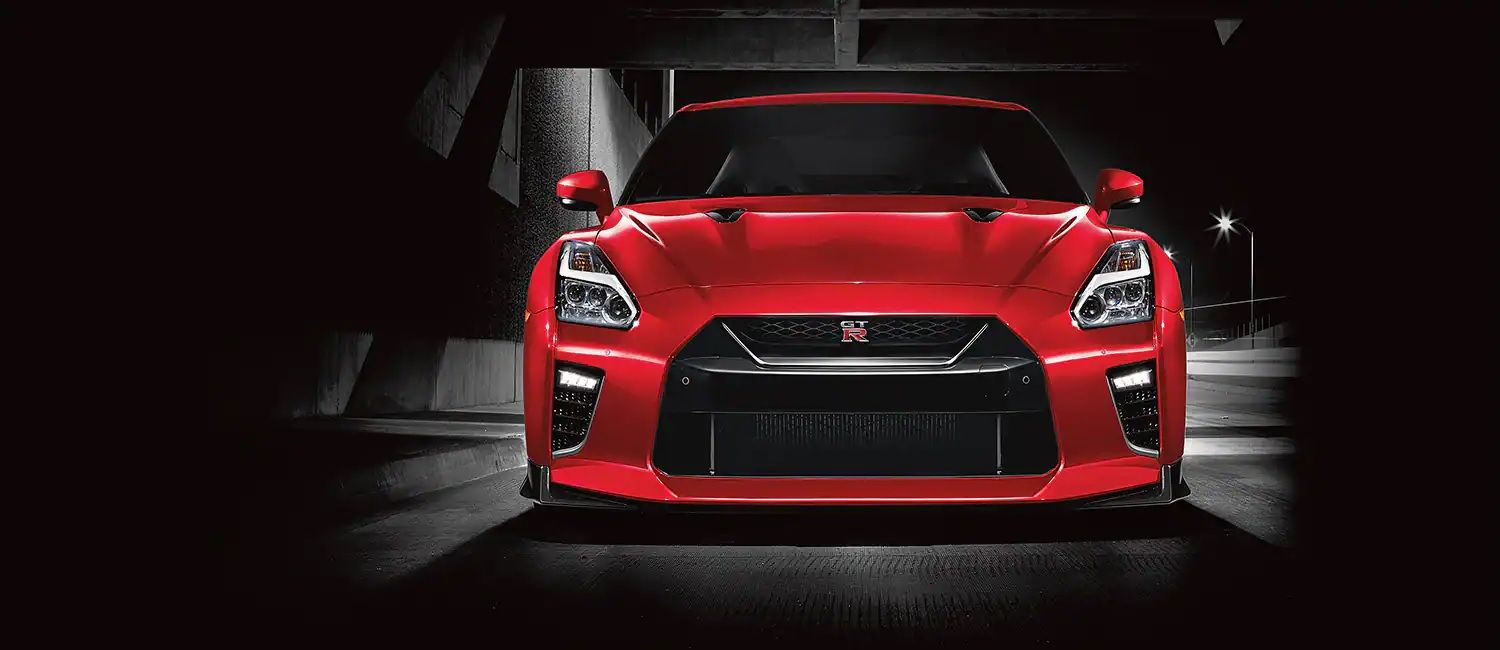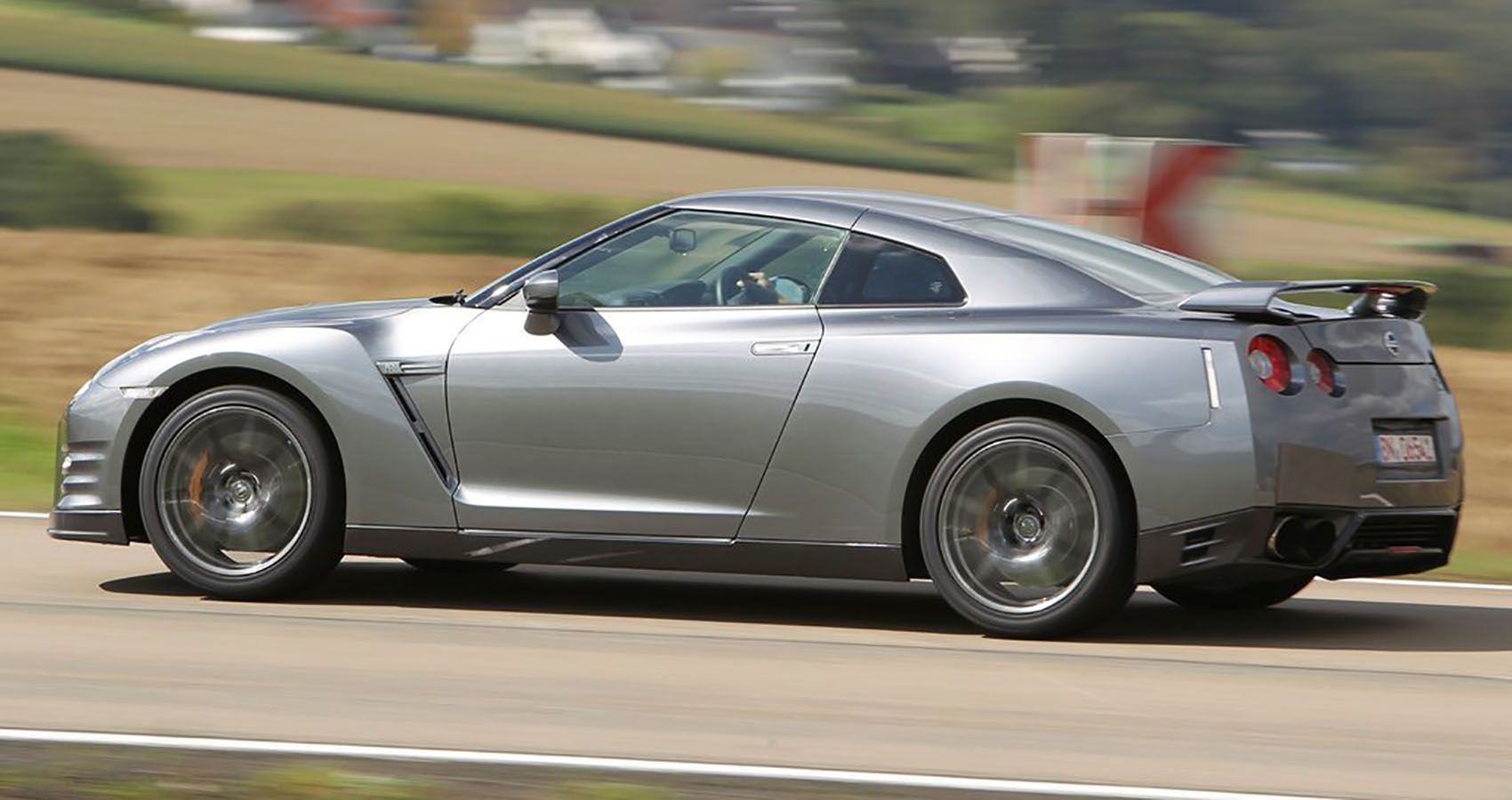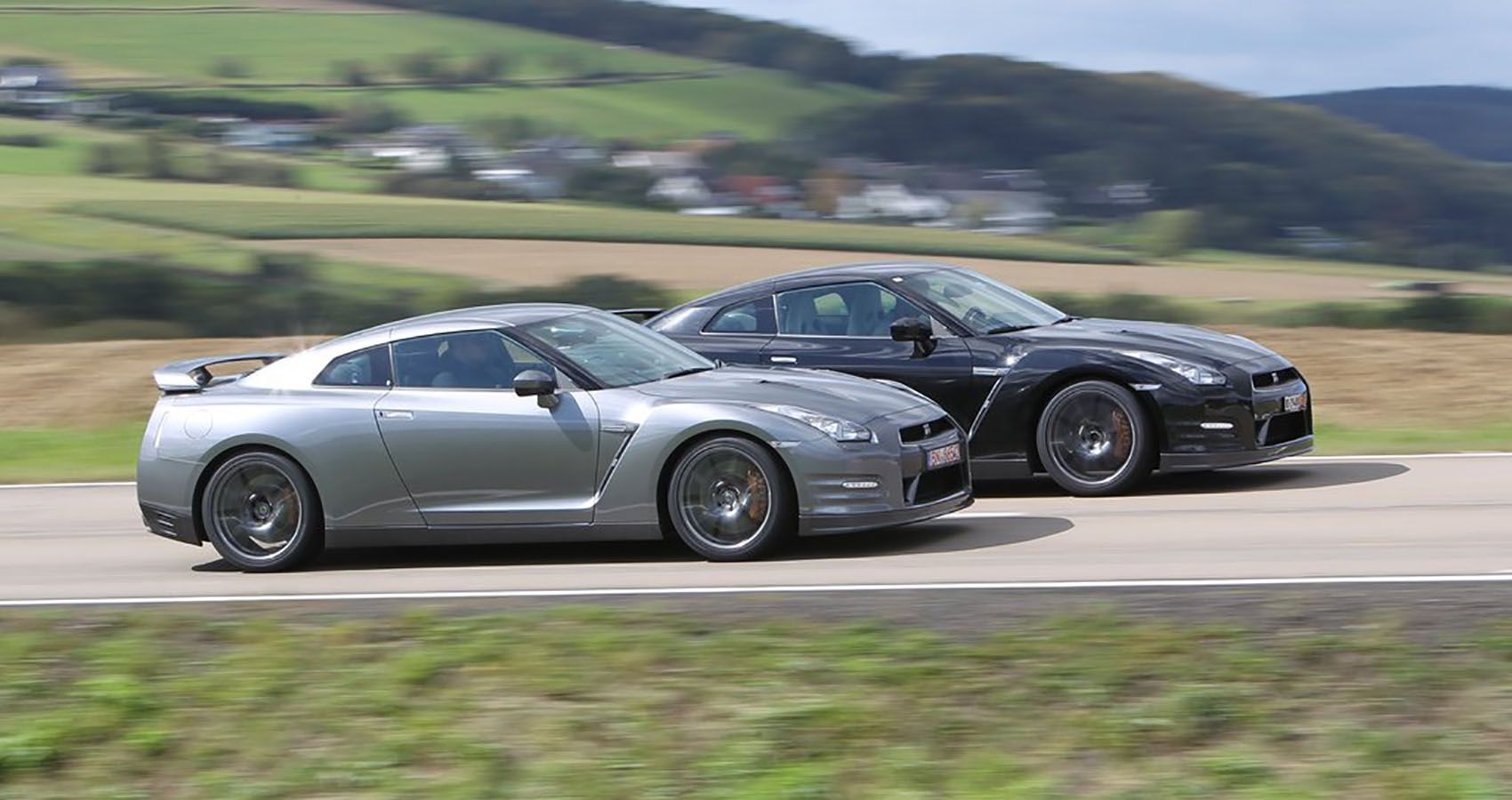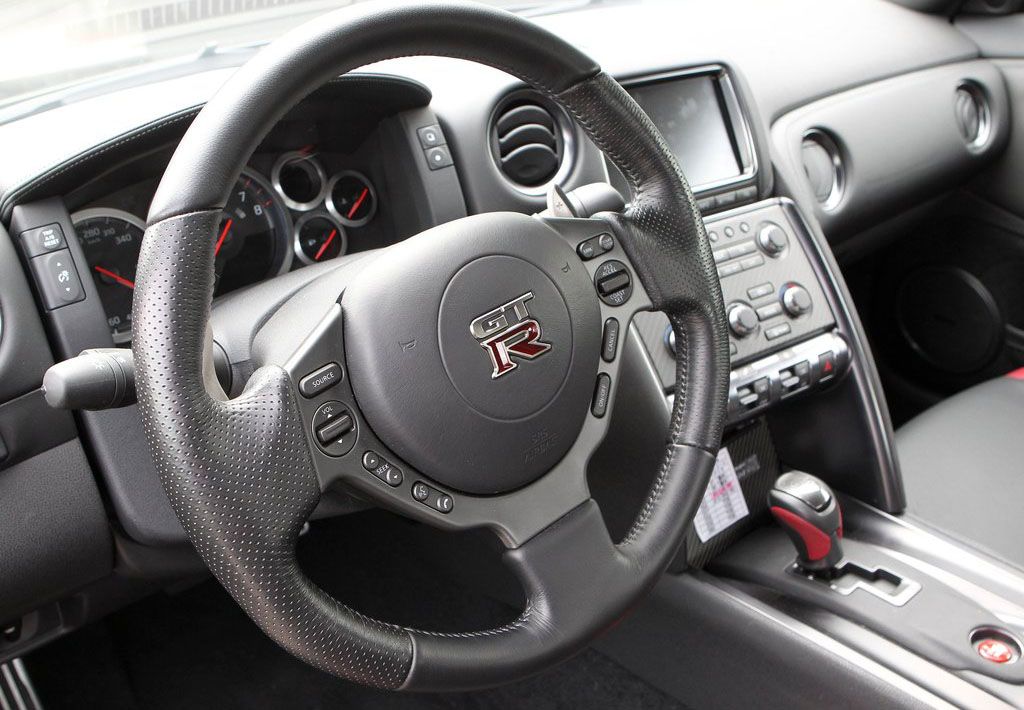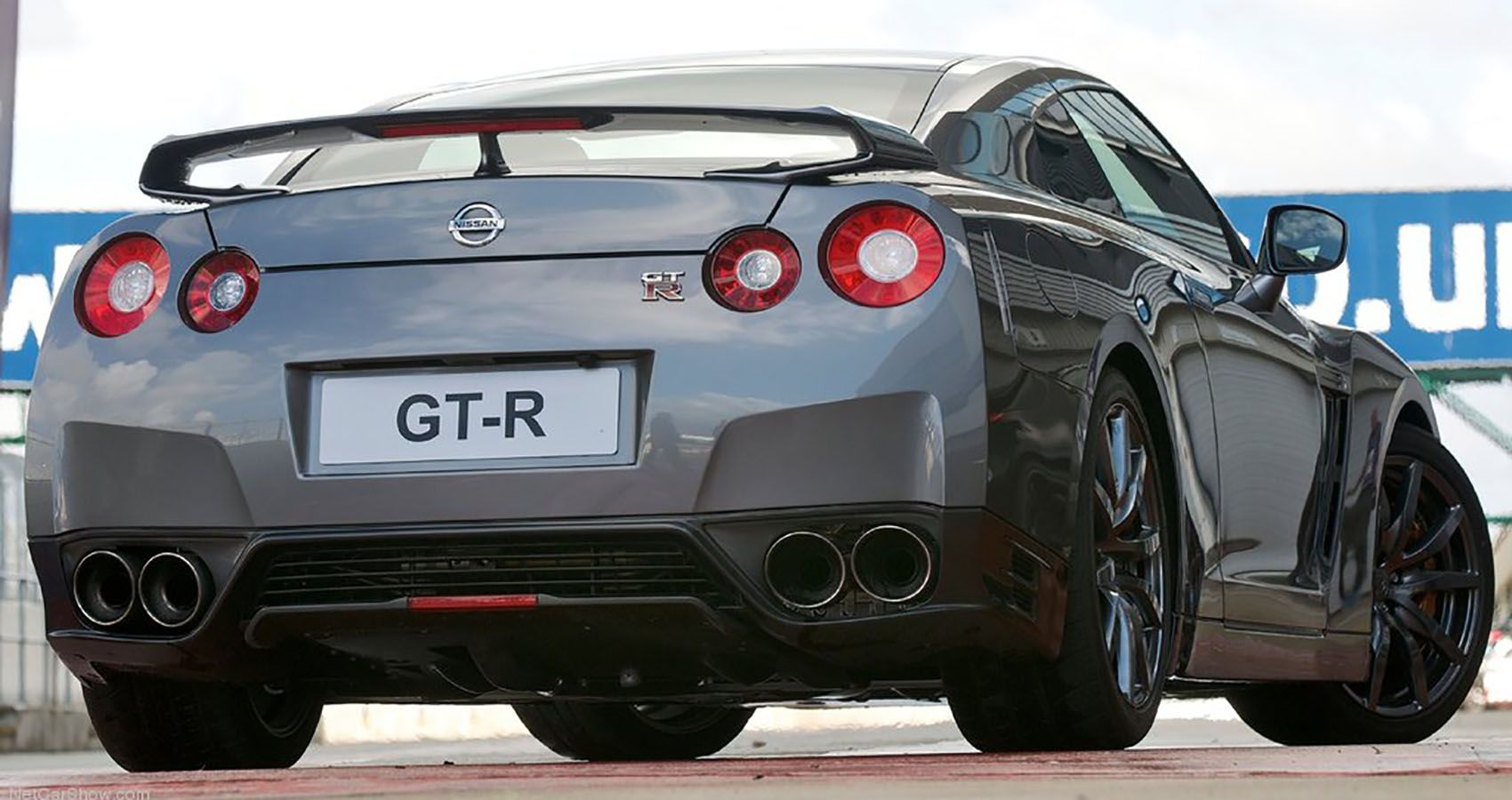When it comes to performance cars, product lifecycles tend to be a little longer than the typical six years of ordinary production cars. But, few production runs have gone as far as Nissan's R35 GT-R. Because of the exciting nature of its image, power delivery, and looks, as well as the geometry of the handling, The GT-R has become a trendy car with a devoted fanbase.
Officially revealed in 2007 at the Tokyo Motor Show, the GTR became the center of attention. It was not only the triumphant return of the long-dormant GT-R badge, which had last been seen on the R34 generation in 2002, but it was also the first time the GT-R nameplate became independent of the Skyline badge. While the Skyline remained available in four-door sedan and two-door coupe body styles, the GT-R broke away in dramatic fashion.
Instead, the GT-R adopted a unique platform based on the 350Z and 370Z cousins. To keep it on top of the competition, the GTR drew power from a hand-built 3.8-liter V6 twin-turbo motor. All this came with a considerable price tag. In fact, for the price of the GTR, you could have purchased a Porsche 911 or an Audi R8. The main differentiators, of course, were performance, appearance, and power stats.
Today, there aren't many supercars on the road that can keep up with it, whether you’re speaking in terms of cost, efficiency, or performance. And there isn't a better time to buy this car than right now.
The R35 Nissan GT-R is a car with supercar performance at a fraction of the cost of a genuine supercar. We'll look at some reasons why the Nissan GT-R should be the top-performance car for budget-conscious gearheads.
The Nissan GT-R Has Been A Work In Progress From Day One, And Is Completely Tunable
Despite the fact that the car's skeleton is nearly fourteen years old—about three generations of cars have come and gone in that time— the company constantly tuned it to keep it among one of the world's strongest and quickest production cars.
The GTR embodies the Japanese attitude of paying attention to detail; even minor details. An example of such is the 1 percent energy loss found around the c-pillar, which prompted engineers to redesign the entire pillar. That's right! 1 percent.
Another feature that distinguishes them is that they appear to be fairly impervious to damage, which makes them ideal for tuning. So, while it’s brilliant in stock form, you can also transform it into something quite amazing by either adding some visual modifications, enhancing internal components, slapping some extra horses to the engine, or all the above- if you can afford it.
Great Balance And Standard 4WD
The GT-T has a clever ATTESSA four-wheel drive system and an advanced form of electronic stability control, which allows anyone to drive it with confidence. Unlike other traditional performance cars, Nissan designed the 4WD system for racing rather than rallying, which allows the GTR to outperform all others. One of the shortcomings of the Mitsubishi Evo is that very obtrusive and feels heavily front-wheel drive-oriented. In a drift scenario, the car just tries to drag you into a corner. Not only does it take away the experience, but it also reduces the life of the front wheels.
The GTR operates in a completely unique manner. It sends power to the front to assist it. Instead of being more front-oriented, it becomes a rear-wheel drive vehicle with some assistance from the front. While the Evo tries to drag you around the corner, the GTR Skyline steps out to square off the corner.
The T Spec's suspension is obviously designed for the road, but it also has the roll stiffness needed to support the 3968 lbs weight of the GT-R. Also, the dampers have the proper damper calibration to keep the car stable at all times, even when you hit the brake pedal hard. Plus, hard braking doesn’t take all weight off the back wheels
The GT-R Is Among The World’s Quickest Cars
Ever wondered how the GT-R outperformed many European supercars on the Nürburgring track? Well, there's quite an intriguing explanation behind these countless victories. The Journey of the GT-R began with Porsche. The CEO of Nissan ordered a Porsche 911 Turbo for the engineers to draw inspiration from it.
The engineers ultimately gave the GT-R the same design principles as the Porsche 911 Turbo, which consisted of a lightweight small engine with a turbocharger to make up for a lack of power, and an all-wheel drive for better traction. Like the Porsche, the GT-R also adopted the dual-clutch transmission, which allowed the car to shift faster than the normal manual transmission cars, thus the quicker acceleration. At the time, this DCT was still a very new technology used by only a few cars, so it made quite a difference.
Like a majority of supercars, the GTR belongs to the relatively exclusive sub-3.0 second club, thanks to its strong engine, gear ratios, and weight distribution, among other things.
It’s A Relatively Affordable Supercar
It is not only the first GT-R that is not based on the Skyline, but it is also the first GT-R that sold around the world. Notably, it cost around $80,000 when it was first released, while European supercars with comparable performance stats came with price tags as eye-watering as $200,000. Even more! The reason for this is that supercar-focused companies like Ferrari and Lamborghini were niche-market companies that only sold around 10,000 units per year, as opposed to Nissan, which has always been selling an excess of 5 million units per year.
Because they sell so many cars, the Japanese automaker was able to offer the GT-R at lower prices. Today, the prices of the Nissan GTR R35 range from $36,516 to $215,208, depending on its condition, mileage, and other factors.
Final Thoughts: The R35 Nissan GT-R Made A Massive Impact On A Performance Level
The GT-R, in our opinion, has been an inspiration to other manufacturers to use twin turbochargers. For instance, Ferrari initially chose to maintain the naturally aspirated engine throughout its lineups, but when the GT-R came along and threatened its position, the brand switched to turbochargers.
The engine sizes and weight also shrunk to improve performance. The first-generation 488 is also born into the same era and utilizes a turbocharger. And quite recently, turbochargers and all-wheel drive became standard on the base Porsche 911 Carrera model.

